The US Army needs to fix its remaining ‘fires’ gap
- By 1945
Share This Article
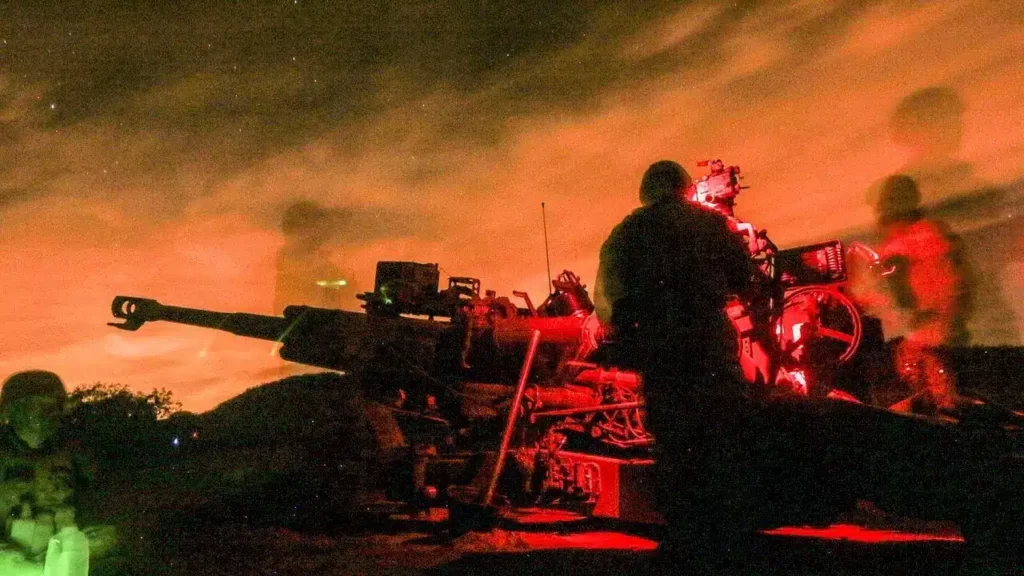
In recent years, the U.S. Army’s top modernization priority has been long-range precision fires (LRPF). As the war in Ukraine demonstrates, this was a prescient decision. But when it comes to addressing the needs for an entirely new portfolio of fires systems, the Army has only solved part of the problem.
In the next year or two, the Army expects to field several new fires systems, including the Precision Strike Missile (PrSM), Strategic Mid-Range Fires (SMRF), and Long-Range Hypersonic Weapon (LRHW). These will give the Army the ability to engage targets at ranges between 100 and several thousand kilometers. What remains to be accomplished is the fielding of new capabilities to provide precision fires at ranges less than 100 km. The Army’s sole modernization program in this area is the Extended Range Cannon Artillery (ERCA),
Moreover, while the ERCA is expected to have twice the range of the current self-propelled howitzer, the M109 Paladin, it will go to Armored Brigade Combat Teams and higher-echelon formations. The remaining gap in the Army’s new fires portfolio is a replacement for the venerable towed 155mm howitzer, the primary long-range fires system for Infantry Brigade Combat Teams (IBCTs) and Stryker Brigade Combat Teams (SBCTs). The Army needs to solve this problem by investing in a more survivable and lethal wheeled 155mm system.
Related: The long-range fires that will define the Ukrainian counteroffensive
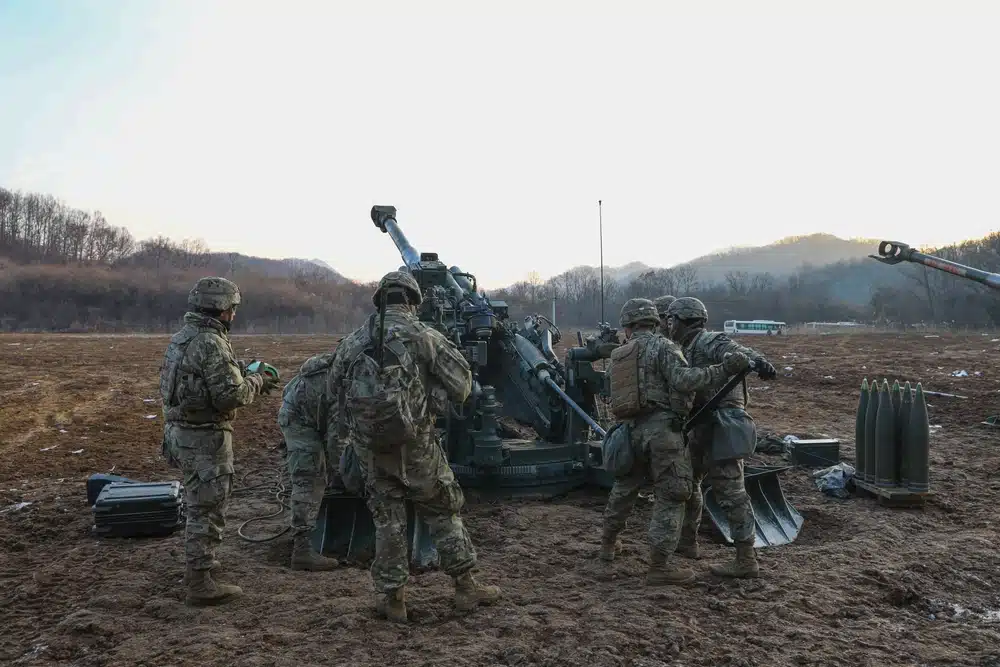
Following Moscow’s 2014 seizure of Crimea and the emergence of a continuous conflict in the Donbas, the U.S. Army confronted the prospect of armed conflict with Russia. In assessing its relative strengths and weaknesses in comparison to the Russian military, the U.S. Army realized that it had a major deficit in both capabilities and capacity to conduct long-range fires. The U.S. Army was both outranged and outnumbered by Russia’s long-range fires systems.
Existing U.S. Army cannon artillery, the M109A7 Paladin self-propelled 155mm howitzer and M777 towed 155mm howitzer, each have maximum ranges of 40 km with enhanced munitions. The Army’s two battlefield rocket systems are the Multiple Launch Rocket System (MLRS), with a maximum range of 92 km, and the Army Tactical Missile System (ATACMS) with a range of 180 km. The Army needed fires capabilities with greater range, precision, and rates of fire. It also enables these capabilities to be more survivable, primarily through improved mobility.
Faced with the prospect of a great power conflict, the U.S. Army instituted a program to modernize critical capabilities, with its highest priority being long-range precision fires. The Army’s LRPF modernization program is focused on four new capabilities the ERCA, PrSM, SMRF, and LRHW. It is worth noting that each of these programs will be mobile, either on an armored chassis or on a truck.
The ERCA is intended to complement the improved version of the M109A7 Paladin self-propelled howitzer. Built on a Paladin chassis, the ERCA has a longer barrel which together with a new rocket-assisted guided projectile is expected to provide nearly double the range of the M109A7 or 70 km. An autoloader is planned for the ERCA, which would significantly increase its rate of fire.
Related: The Army has an artillery problem (and some high tech solutions)
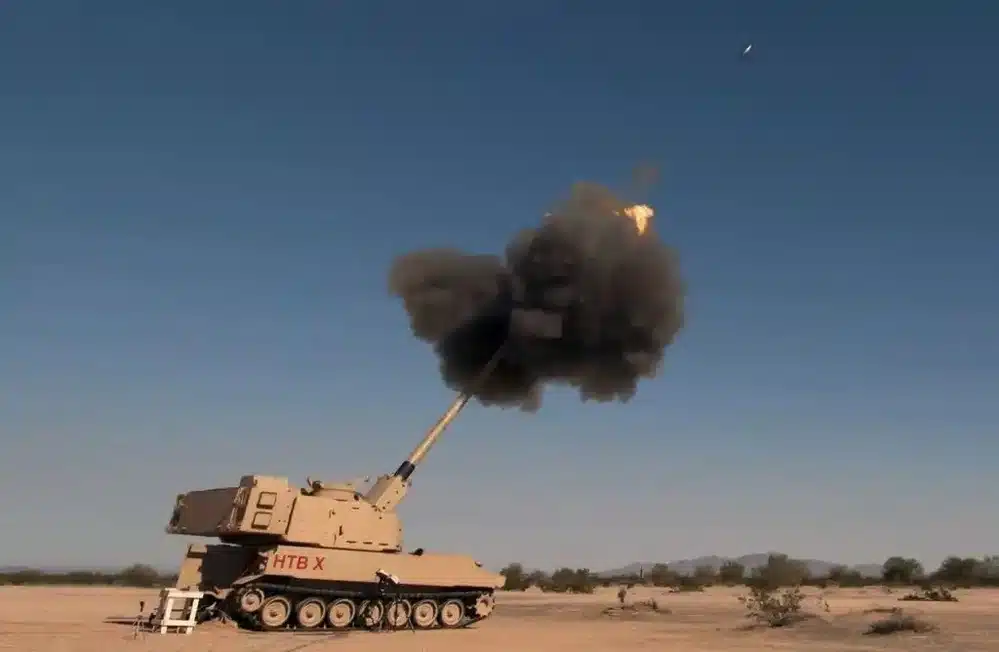
The PrSM is a replacement for the ATACMS. Two PrSMs can be carried in a single ATACMS launch pod, effectively doubling available rounds. It will engage targets between 60 and 500 km with great accuracy. PrSM can be launched by the Army’s existing family of launchers.
The SMRF is intended to provide long-range precision fires for the space between the maximum ranges of the PrSM and that of the LRHW. This capability is based on the Tomahawk cruise missile and the Standard Missile 6, both currently in production.
The last Army fires program is the LRHW, which has a range of up to 2800 km. The LRHW intended to go after deep targets, including command and control facilities, air and missile defense complexes, and long-range fires systems.
There remains one glaring capability gap in the Army’s fires portfolio: a replacement for the M777 towed howitzer. Army leadership has long recognized the need to find a new system. The Ukraine war has made this an imperative. While Western-supplied towed 155mm howitzers have helped the Ukraine Armed Forces to hold back the Russian Army, this system is highly vulnerable to counterbattery fires due to the time it takes to set up, fire and move. In addition, the rate of fire for the M777 is not sufficient.
Related: Did America’s next stealth fighter just get revealed on Instagram?
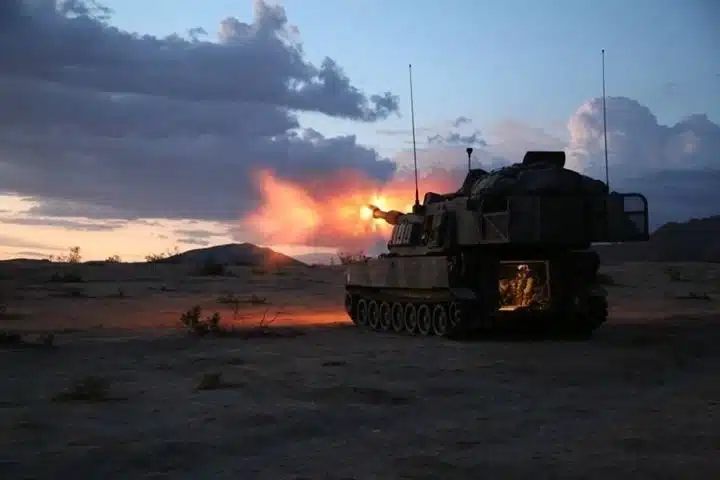
While Armored Brigade Combat Teams have the Paladin armored self-propelled 155mm howitzer, and will receive the ERCA, IBCTs and SBCTs are currently equipped with the towed M777. As a result, these formations are outranged and outgunned by both Russian and Chinese land-based tactical fires. The SBCTs, built around the Stryker armored wheeled vehicle, are particularly in need of a more mobile and lethal 155mm system.
The solution is a truck-mounted 155mm system, and such systems are available. They include the French Caesar, the British Archer, and the Israeli ATMOS. France and Denmark have provided about 40 Caesar truck-mounted 155mm systems to Ukraine, where they are reported to have performed extremely well.
These systems are significantly better than the towed M777. They can set up, fire multiple rounds, and redeploy in a matter of minutes. This makes it hard for an opponent to employ counterbattery fires. Versions with an armored cab are inherently more survivable than towed systems. In addition, because these systems are mounted on a truck, they can keep up with fast-moving units such as the SBCTs.
Almost two years ago, the Army ran a shoot-off involving four truck-mounted 155mm howitzers: the British Archer, the Israeli Atmos, the French Caesar, and U.S. Brutus. The Army is reported to be conducting studies of its tactical fires portfolio and cannon modernization options. At present, there are no indications of how or when the Army intends to fix the remaining gap in its fires portfolio.
Rather than more studies, the Army needs to move out now and acquire one of the operational truck-mounted 155mm howitzers. It can start by replacing the towed 155s in European-based SBCT to evaluate their performance. Ultimately, the Army needs to replace the towed 155mms in all the SBCTs. IBCTs in the I and III Corps are also candidates to receive the new system.
This article by Dan Goure was originally published by 19FortyFive.com.
Feature Image: U.S. Marines with India Battery, Battalion Landing Team 3rd Battalion, 1st Marine Regiment, 15th Marine Expeditionary Unit, fire an M777A2 Lightweight Howitzer during MEU Exercise 14 aboard Camp Pendleton, Calif., Nov. 17, 2014. The purpose of MEUEX is to train the different elements of the 15th MEU to work together to complete various missions. (U.S. Marine Corps photo by Sgt. Jamean R. Berry/Released)
Read more from Sandboxx News
- Hands-on with an S&W M1917 revolver – the weapon that armed the US in WWI
- Combat swimmer operations and their importance in a near-peer conflict
- Bermuda’s awkward Mini 14 GB – Service rifles from around the world
- Why America’s new NGAD fighter could be a bargain, even at $300 million each
- Airmen in Kangerlussuaq, a military town nobody has heard of
Related Posts
Sandboxx News Merch
-

‘AirPower’ Classic Hoodie
$46.00 – $48.00 Select options This product has multiple variants. The options may be chosen on the product page -

‘Sandboxx News’ Trucker Cap
$27.00 Select options This product has multiple variants. The options may be chosen on the product page -

‘Kinetic Diplomacy’ Bumper Sticker (Black)
$8.00 Add to cart
1945
Related to: Breaking News, Military Affairs
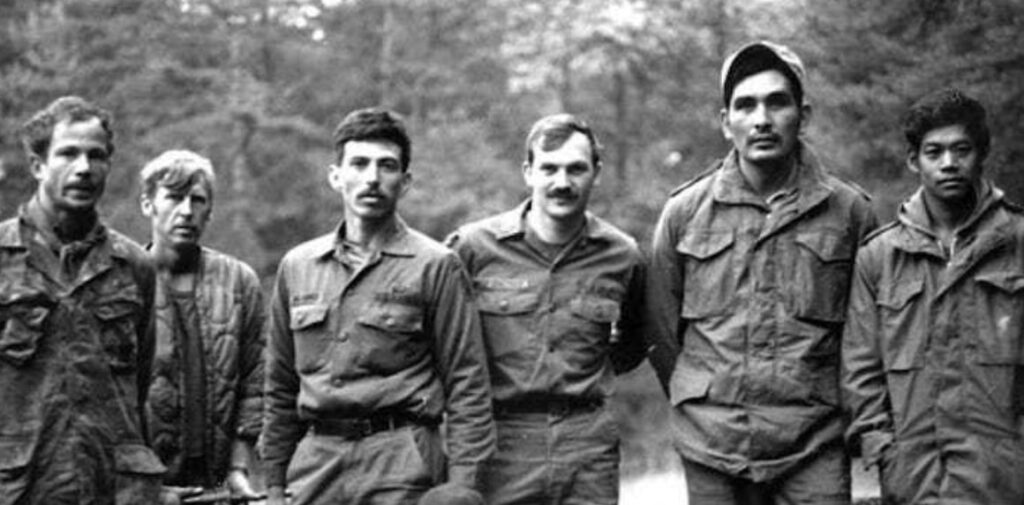
Delta Force Assessment and Selection: Spending nights at base camps
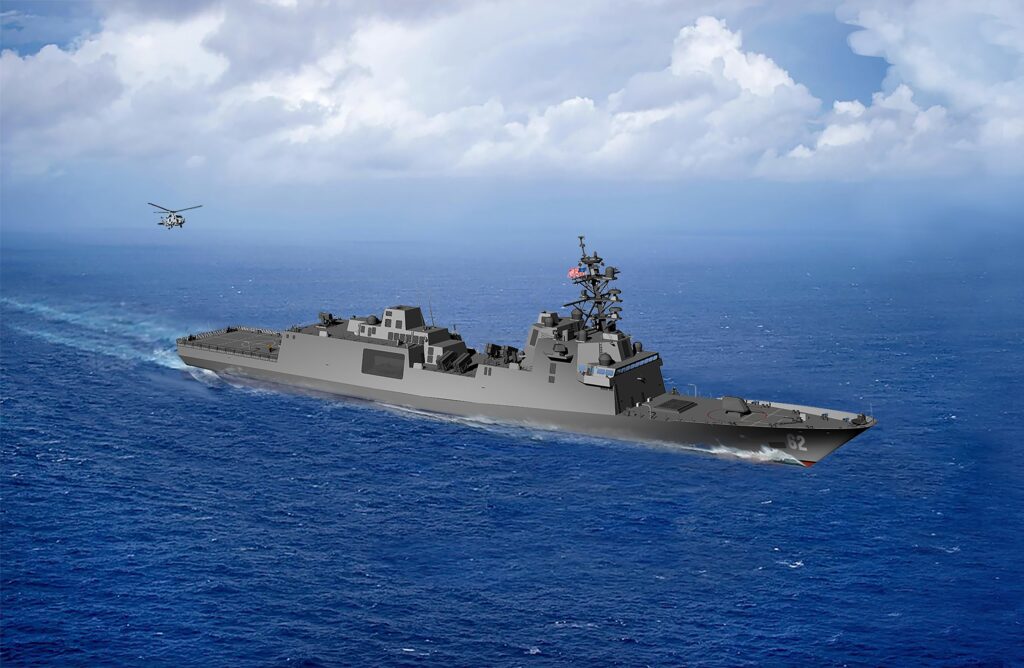
The US Navy is forced to wait on its new flagship frigate

Apophis: Are we prepared to defeat Earth’s greatest planetary threat?
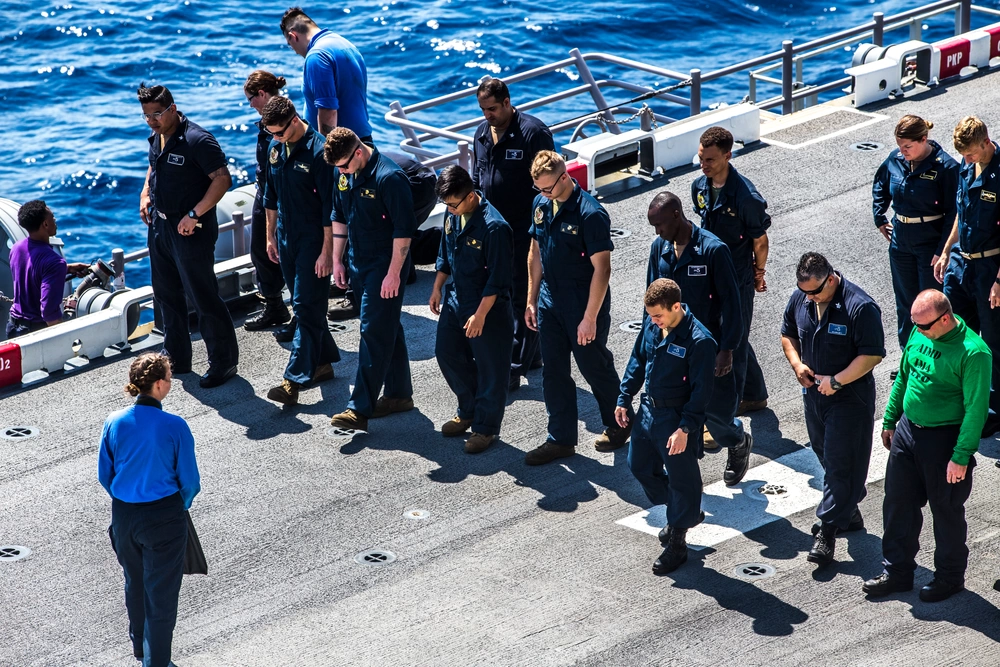
Do sailors have a future in the US Navy? No, according to former Army general
Sandboxx News
-

‘Sandboxx News’ Trucker Cap
$27.00 Select options This product has multiple variants. The options may be chosen on the product page -

‘AirPower’ Classic Hoodie
$46.00 – $48.00 Select options This product has multiple variants. The options may be chosen on the product page -

‘AirPower’ Golf Rope Hat
$31.00 Select options This product has multiple variants. The options may be chosen on the product page -

‘Sandboxx News’ Dad Hat
$27.00 Select options This product has multiple variants. The options may be chosen on the product page
